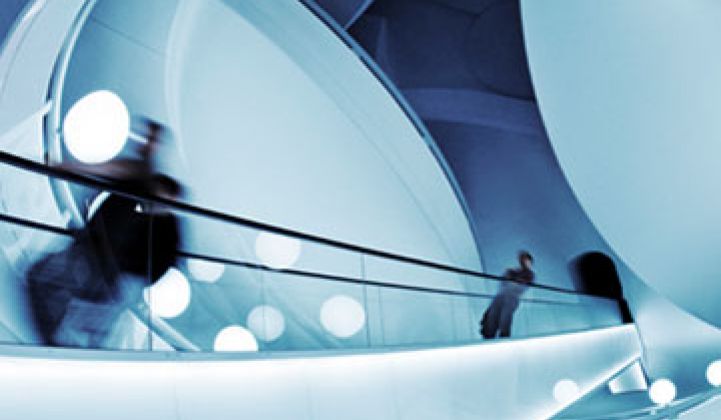Ports and forts.
If you think about it, those have been the two operative principles of urban planning since the the building of Ur 6,200 years ago. Cities needed to be connected to transportation links and, ideally, to be easily defended against roving armies and enemy ships. It wasn’t until Las Vegas that cities existed strictly for fun.
Today, modern megalopolises -- particularly those in the emerging world -- are being strangled by traffic jams, antiquated water and sewage systems, rolling blackouts and horrendous pollution. In Beijing, you might as well smoke, joke local residents: just walking around the city fills your lungs with the equivalent of a pack a day.
These problems don’t just exist overseas. Bostonians had to go without water for days after a main broke this year. Large portions of the U.S. water infrastructure are more than 100 years old and riddled with leaks -- 50 percent to 60 percent of Chicago’s water never makes it to the tap.
Growth and survival might mean building cities with an eye toward access to resources. In Abu Dhabi, the government is putting the final touches on Masdar City, a zero-energy community that will contain a graduate school, housing, and an industrial park. Reliance on air conditioning is minimized by installing wind towers (to bring breezes down to walkway level) and plotting landmarks to create shade. (Here’s a video of the construction.) Traditional autos are banned: to get around, you hop around on robotic electric cars.
Will some object? Sure. Humanity has spent thousands of years overcoming the hazards of the natural world. Ideally, the compelling aesthetics of environmentally planned cities and homes will make people overlook that they are living within strict limits. But it will still take unprecedented planning and cooperation to make these communities a reality.
Can we get there, or will we get stuck in traffic?
Read more on this topic in a joint effort by General Electric Ecomagination and Greentech Media, and join the conversation here.



